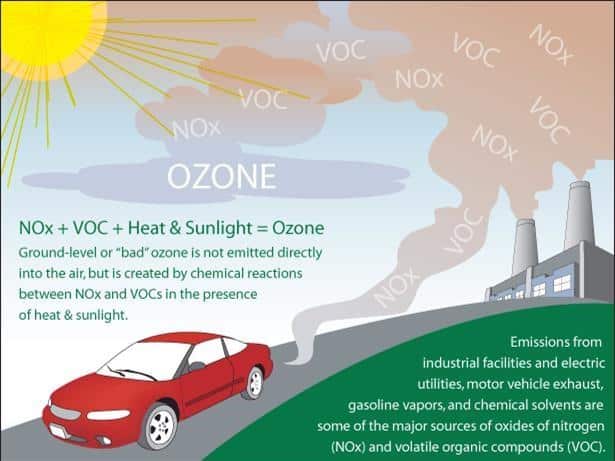U.S. Court Rejects Industry Challenges to Obama-Era Smog Rule

The U.S. Court of Appeals for the District of Columbia Circuit on Aug. 23 dismissed claims from industry groups that the Obama administration failed to provide a reasoned explanation for setting more stringent ozone standards in 2015. While upholding the primary standard that protects public health, the court directed the U.S. Environmental Protection Agency to review the secondary public welfare standard that addresses the impacts on plants, wildlife, and biota. The court also vacated a provision, which exempted certain facilities that were already processing their permits from the revised standards.
In October 2015, the Environmental Protection Agency strengthened the National Ambient Air Quality Standards for ground-level ozone to 70 parts per billion from the 2008 revision of 75 ppb. Ground-level ozone is formed when atmospheric pollutants, including nitrogen oxides and volatile organic compounds, react in the presence of sunlight. These precursors are emitted by industrial facilities, electric utilities, vehicle exhaust, gasoline vapors, and chemical solvents. The Clean Air Act requires the agency to establish and periodically review air quality standards for pollutants that can endanger public health or welfare. Ozone contributes to smog, which can lead to health concerns including respiratory and cardiovascular effects.
Industry petitioners, led by Murray Energy Corporation, argued that the 2015 standards are difficult to attain given the background ozone, which includes ozone generated by natural sources and foreign man-made sources. The court dismissed the argument finding that Congress allowed EPA to account for background ozone during enforcement on a case-by-case basis and not when setting standards.The court also rejected the argument that the EPA should consider costs incurred by industry groups to comply with the standards.
Environmental groups argued that the primary standard is too lenient as it allows ozone levels to exceed the 70 ppb threshold on some days, but the court found that the argument lacked merit. The court agreed with environmental petitioners that EPA had not properly determined the requisite level of air quality to protect public welfare and remanded the secondary standard for further explanation and reconsideration.
In vacating the “grandfathering provision,” the court found that EPA impermissibly allowed sources that had completed a preconstruction permitting process before the 2015 revision to demonstrate compliance using the previous NAAQS rather than the new, more stringent primary and secondary standards.
The case is Murray Energy Corp. v. EPA (15-1385).
EnerKnol Pulses like this one are powered by the EnerKnol Platform—the first comprehensive database for real-time energy policy tracking. Sign up for a free trial below for access to key regulatory data and deep industry insights across the energy spectrum.
ACCESS FREE TRIAL